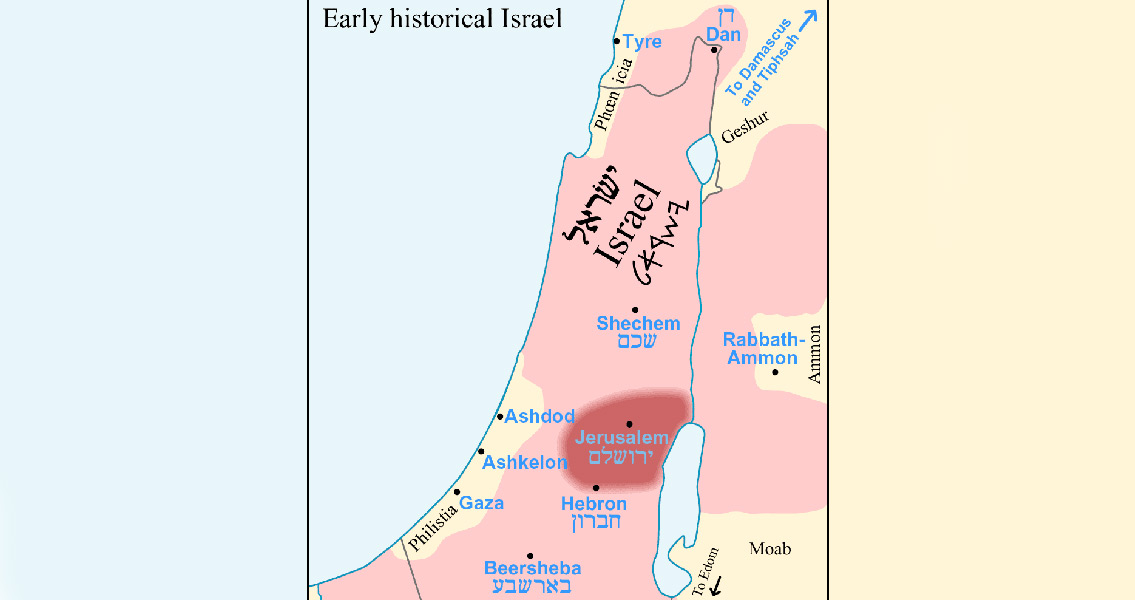<![CDATA[According to Israeli archaeologists, newly uncovered fortifications around ancient cities in the region may lead to revelations regarding just how powerful the kingdoms of David and Solomon actually were. At the Tel Zafit dig site, located within the Judean hills, a newly-revealed layer covering the entrance gate and the fortifications of what had once been the Philistine city of Gath may cause scholars to rethink the geopolitical balance of power during the biblical era. The results of the dig paint a much less powerful picture of ancient Israelite kingdoms than had previously been in place. Gath, which reached its heyday during the tenth century BCE when David and Solomon ruled the Isrealites, was the largest of a handful of Philistine cities in the region, and was known to have been a thorn in the side of Israelite kingdoms during the time period. Researchers from Bar-Ilan University led by Professor Aren Maeir have been laboring at the Tel Zafit for the last two decades in the hopes of continuing to uncover priceless artifacts that can reveal more information about Israel in the biblical era. The dig site has several archeological layers dating to as recently as 1948 and stretching as far back as the early Bronze Age. Over the years a large number of findings have been uncovered – of particular interest to the time period that Gath was inhabited, archaeologists have found countless potsherds, a facility for the production of iron, several ruined buildings, and even a ritual altar. However, up until now the extent of the city was unknown, as the only indication would have been the fortifications surrounding Gath. Only a portion of these walls had been discovered in one particular spot within the tel, and while they were obviously large it wasn’t until this year’s digging season that archaeologists made a discovery which has led them to redefine their theories as to the size of the Philistine city. Beginning at a new site near the location where the ritual altar was unearthed, the research team found the base of what had once been a broad fortification wall. Additional digging uncovered nearly 100 feet of wall and revealed what could have at one time been a guard tower and also a large gate that might have served as a main access point into and out of the city. The location of the wall easily makes Gath the largest known city within the region during the time period. Early estimates have the size of the city at around 500 dunams, or approximately 124 acres. By comparison, Israelite cities like Be’er Sheva, Megiddo and even Jerusalem were only around 120 dunams, making Gath more than four times their size and indicating that the Philistines were even more of a force to be reckoned with than biblical accounts relate to us in the current day – and that their sphere of influence near the borders of Judea was wide enough to keep the Israelites from attempting any encroachment. Image courtesy of Wikipedia Commons user: AnonMoos]]>
Ancient Israelite Kingdoms Less Powerful than Thought
